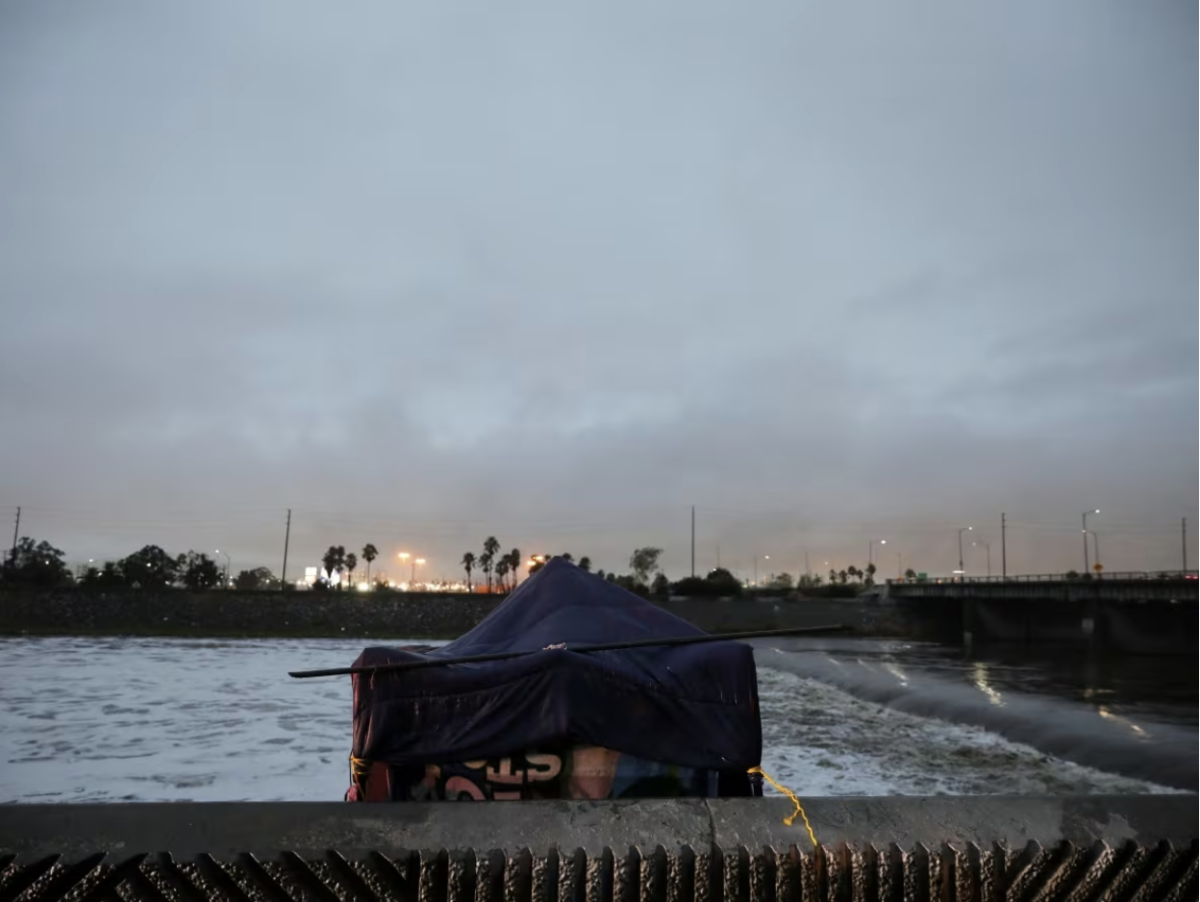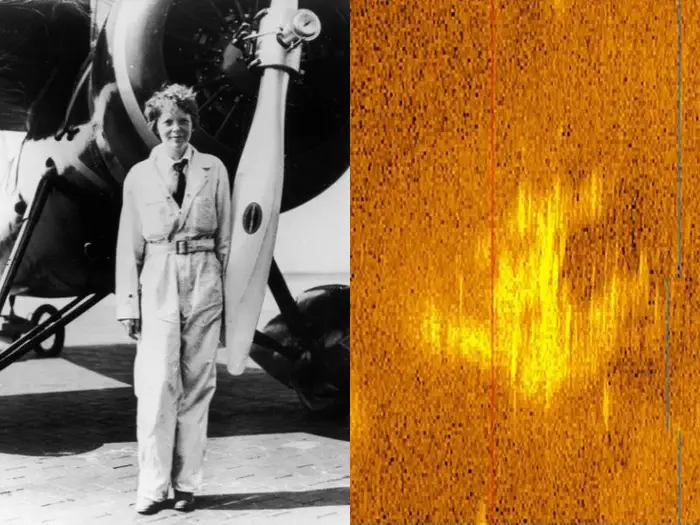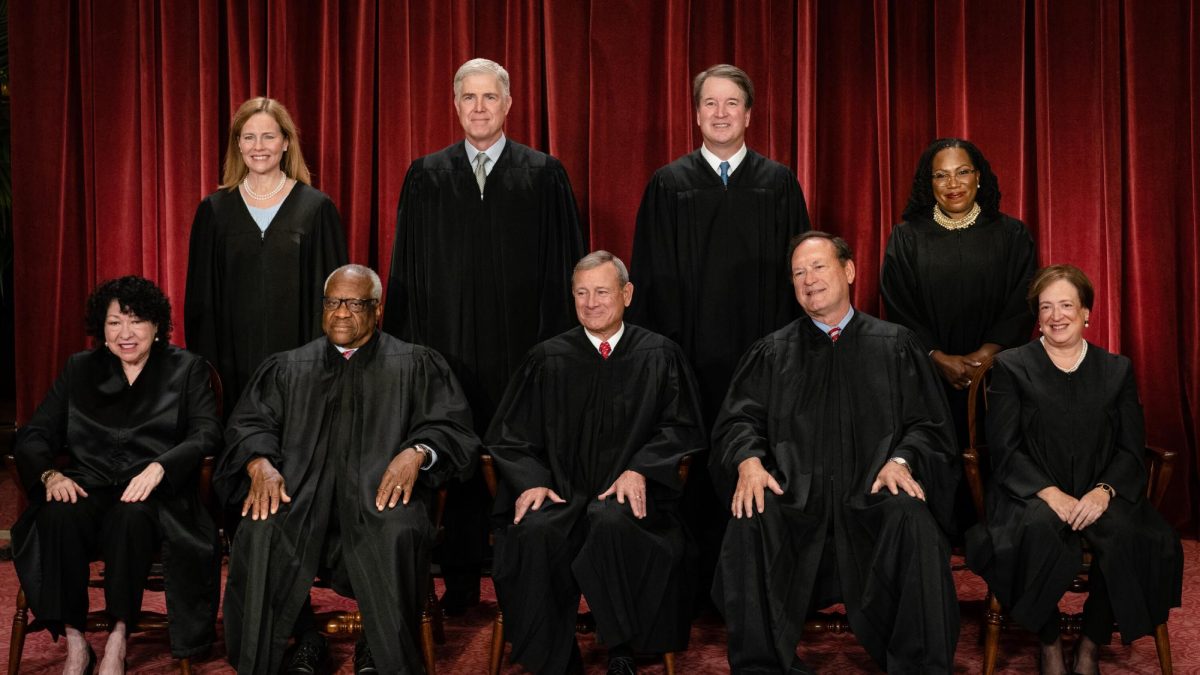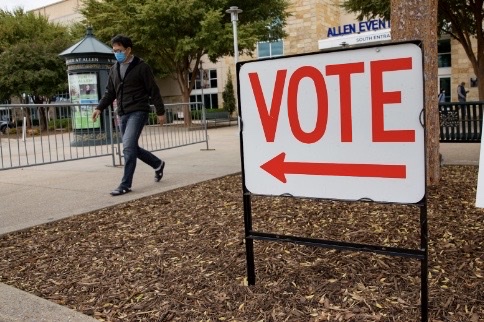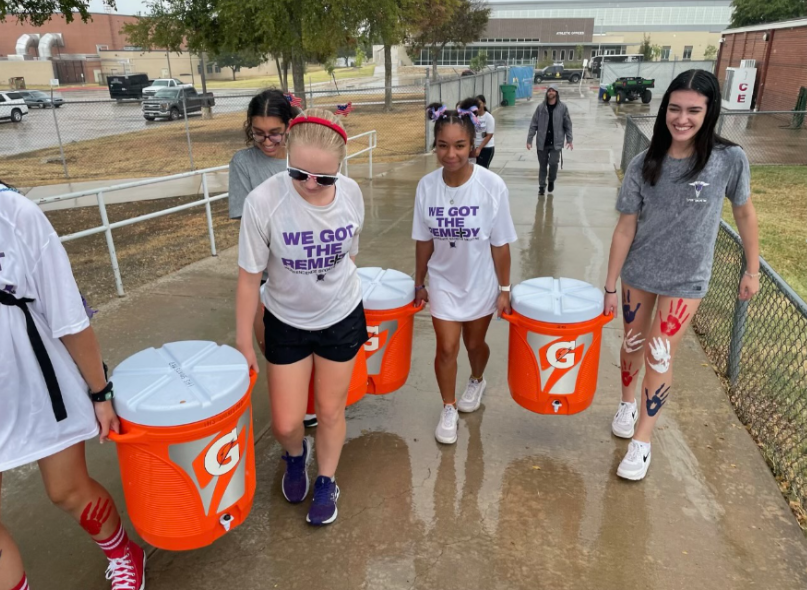On Aug. 20, category four hurricane, Hilary, made landfall in Baja, California, before making its way towards the coast. This marked the first-ever tropical storm to hit the southern part of the state in 84 years.
The storm has left a considerable impact on the thousands of marginalized communities in the region. Fortunately, efforts to rebuild are ongoing, and many relief organizations are seeking to minimize the effects on those who were left reeling after the storm.
“Now that the worst has passed, we’re doing our best to replace items damaged by the rain, including clothing, blankets, and food,” said Mike Dickerson, co-founder of KTown For All, an homeless outreach group based in Koreatown, Los Angeles in an interview for Newsweek. “Thanks to a lot of generosity from small donors, we’ve also been able to provide funds to other aid groups doing similar work in neighborhoods around Los Angeles.”
The storm itself, which brought heavy rains to parts of Oregon, Nevada, and Idaho, was a rare occurrence due to the path it traveled on. Typically, storms in the Pacific target Hawaii, but due to the unique weather conditions at the time, the hurricane went towards southern California. Warmer ocean temperatures coupled with higher air pressure in the region caused the storm to change its trajectory.
“We had been actively planning for a scenario such as Hilary,” said Jamie Rhome, the Deputy Director of the National Hurricane Center. “Scientifically, it’s rare, but it certainly has happened enough times in the past that we knew it could happen again.” (Los Angeles Times)
Although California Gov. Gavin Newsom, opened multiple makeshift shelters throughout the state in response to the storm, many people living on the streets in major cities were unable to use these facilities.
“A lot of people didn’t know the storm was coming [in the days leading up], and had no outreach,” said Andreina Kniss, a volunteer for KTown For All. “They didn’t know where they would even start to look for shelter, especially because of a lack of official guidance. We told them that if the situation got too bad, they should call 211, which is the official services hotline in Los Angeles, but some responded with skepticism that [it] would lead to any help.”
Like any natural disaster, Hurricane Hilary posed a dangerous risk to inhabitants, but had an even greater threat to those without shelter.
“People living on the streets are at risk of drowning or hypothermia, if they get wet and can’t dry off,” said Dr. Margot Kushel, the Director of the Benioff Homelessness and Housing Initiative at the University of California, San Francisco. “For example, you and I aren’t going to get hit by debris while we’re sleeping in our bed, but if you need to cross the street to use the bathroom, you’re much more at risk.”
Some California cities, such as Los Angeles, have developed a policy of criminalization regarding homelessness. This involves a stricter approach against homeless encampments, consisting of bans on sleeping in public spaces, conducting “sweeps” on areas known for larger homeless populations, and more. Though designed to bring more unhoused individuals into shelters, during the hurricane, these policies made it significantly harder for help to be delivered.
“We [couldn’t] reliably [know] which encampments [were still] there,” Kniss said. “It [made] it impossible to connect people with social workers, doctors, and other services, and people [were] forced to move along.”
Today, many remain committed to providing relief to these communities after the hurricane– and in the long-term.
“Rehabilitation is the solution to solving homelessness,” said Donnie Dee, the CEO of the San Diego Rescue Mission, a San Diego-based organization that provided shelter for the unhoused during the storm. “It’s not just getting people a bed or a house– we have to get them off the streets permanently. In the end, it’s truly about addressing issues of the heart.”


